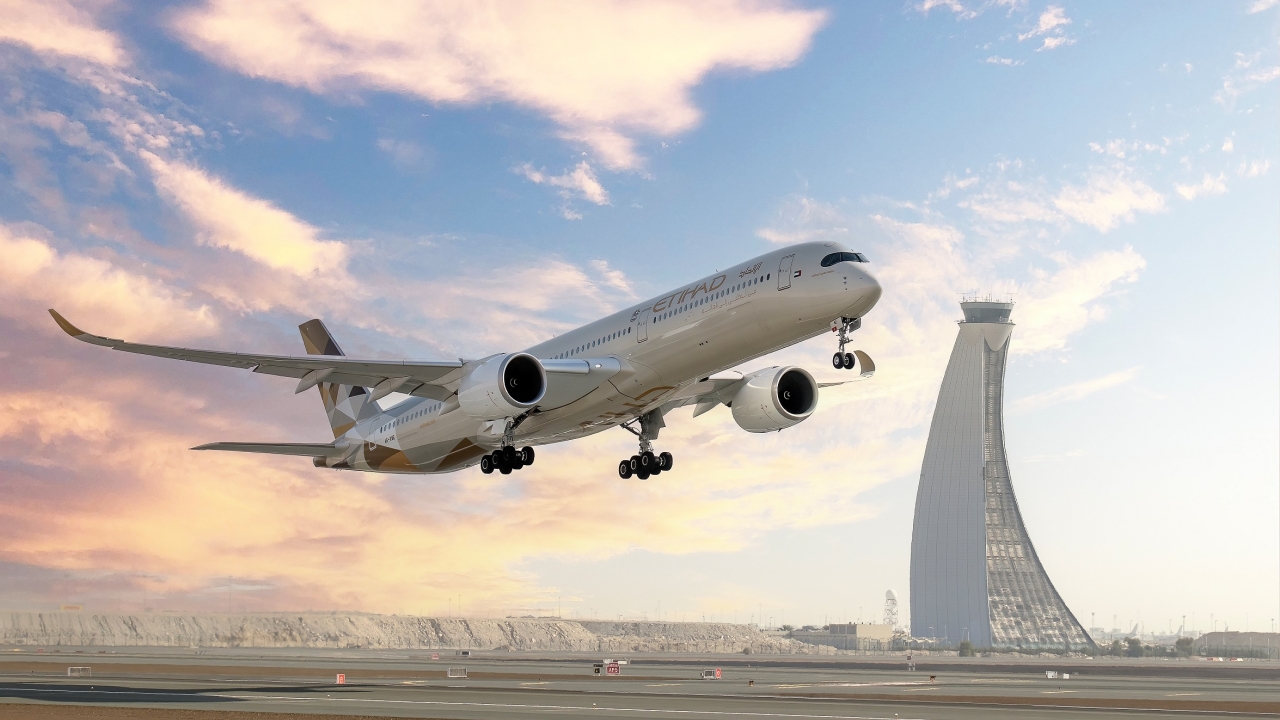Middle East carriers recorded a 0.8% traffic decline in February

This was the slowest rate of growth in more than a year but still in line with long-term demand trends. Monthly capacity (available seat kilometers or ASKs) increased by 5.4%, and load factor slipped 0.1 percentage point to 80.6%, which is still high by historic standards.
“After January’s strong performance, we settled down a bit in February, in line with concerns about the broader economic outlook. Continuing trade tensions between the US and China, and unresolved uncertainty over Brexit are also weighing on the outlook for travel,” said Alexandre de Juniac, IATA’s Director General and CEO.
International Passenger Markets
February international passenger demand rose 4.6% compared to February 2018, which was a slowdown from 5.9% growth in January. Capacity climbed 5.1%, and load factor dropped 0.4 percentage point to 79.5%. Airlines in all regions but the Middle East showed traffic growth versus the year-ago period.
Middle East carriers recorded a 0.8% traffic decline in February compared to a year ago, the only region to report a drop year-over-year. Capacity rose 2.9% and load factor fell 2.7 percentage points to 72.6%. Broadly speaking, passenger volumes of the region’s airlines have been moving sideways for the past 12 15 months.
Stay up to date
Subscribe to the free Times Aerospace newsletter and receive the latest content every week. We'll never share your email address.

